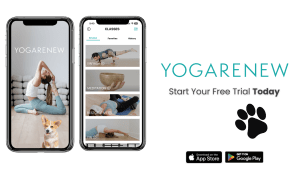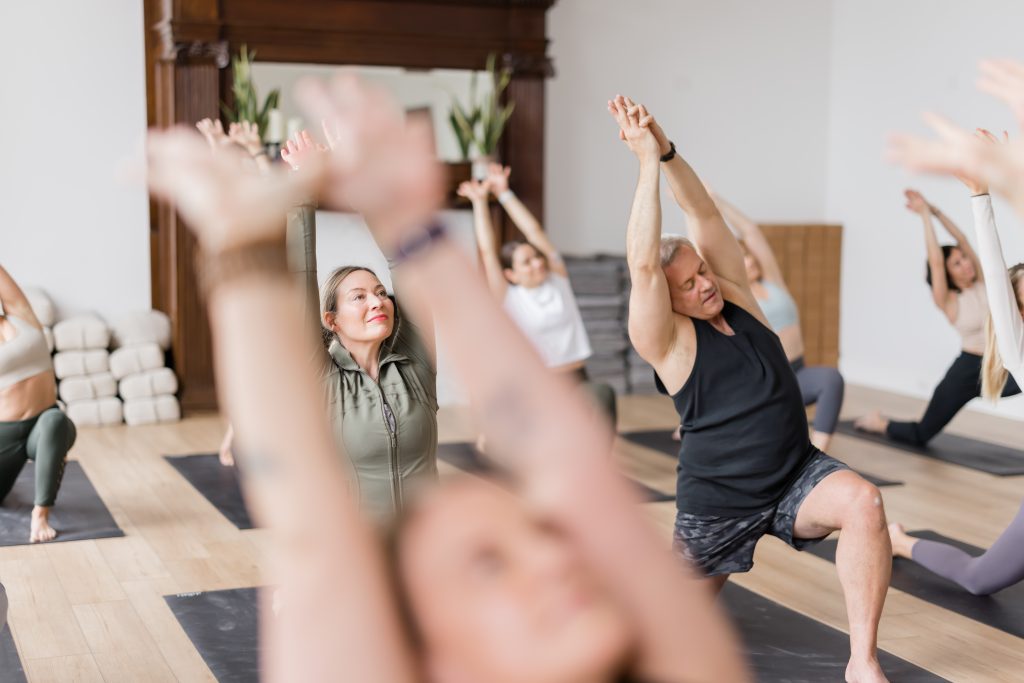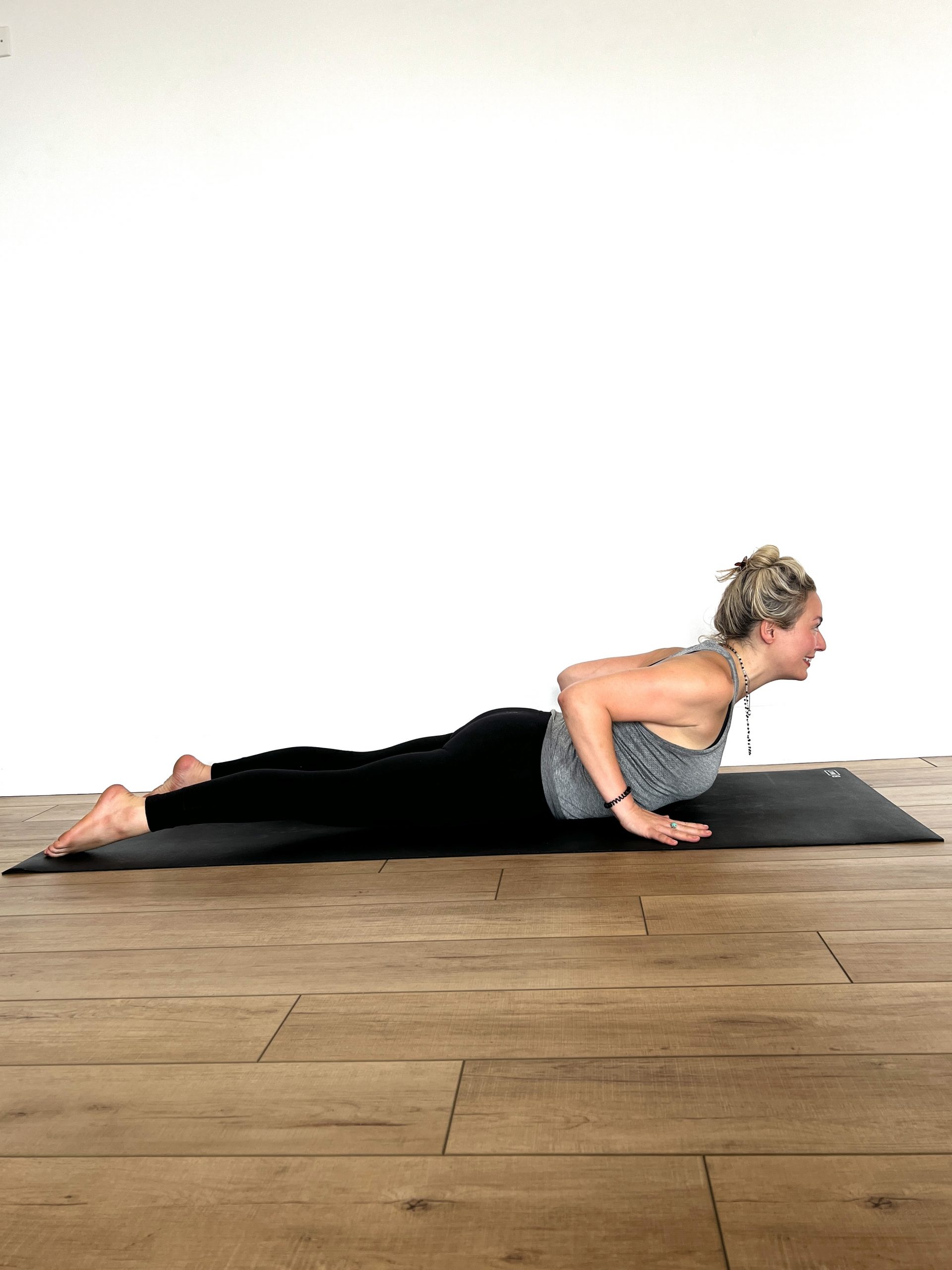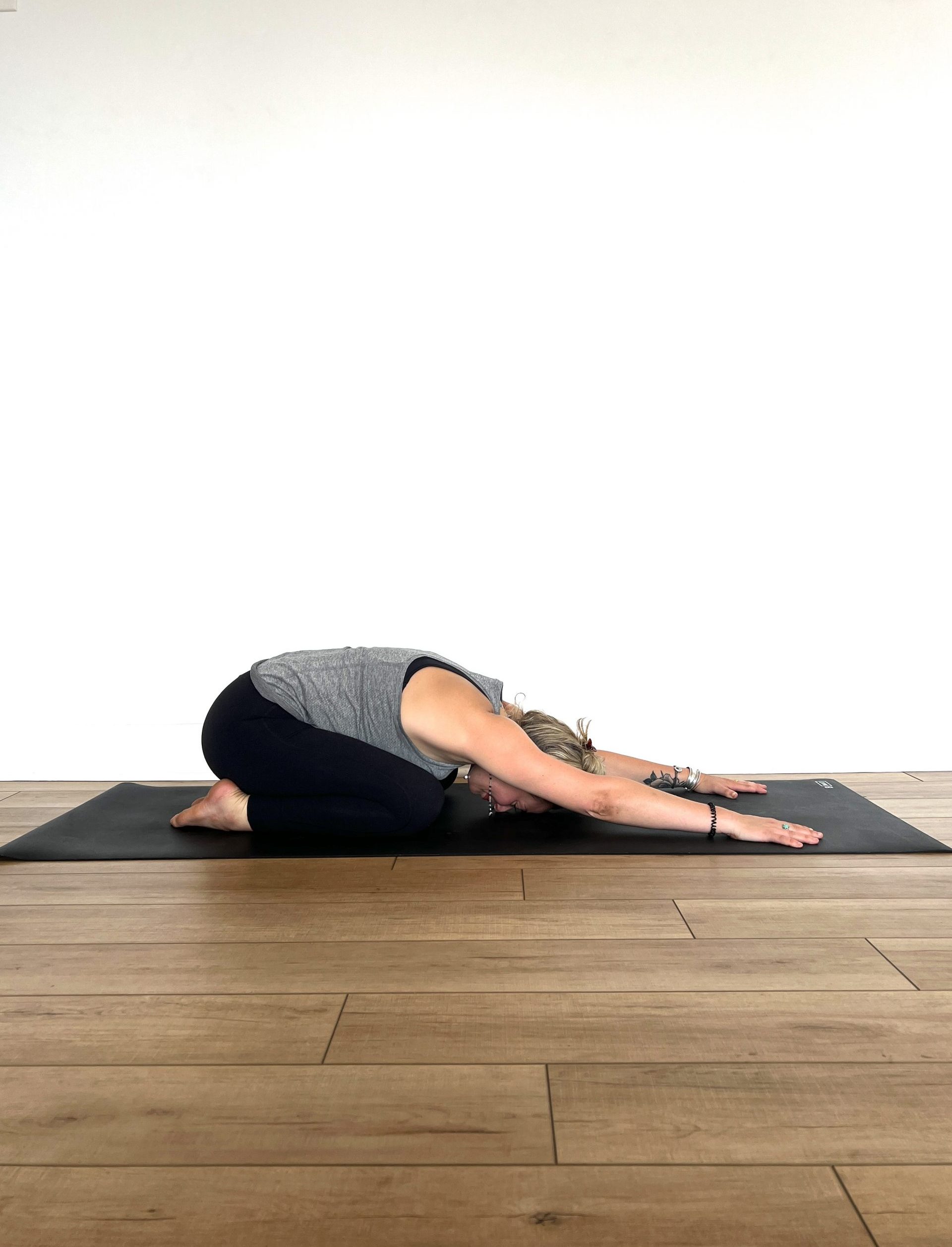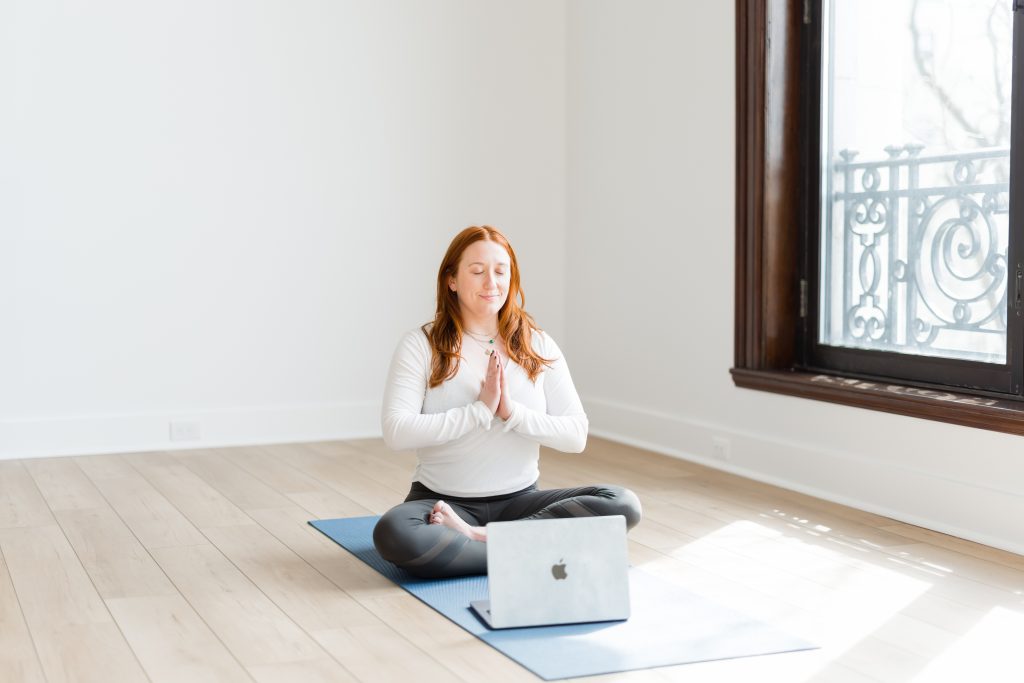
In today’s digital age, embracing the shift to online platforms is as essential for yoga teachers as it is in many other fields. Going digital gives yoga teachers the chance to reach a wider audience, connect with more like-minded people, and to share the teachings of yoga with people who otherwise wouldn’t get the opportunity to learn about all things yoga. The transition from being purply in-person and face-to-face to a more digital platform requires the same mindfulness and intentionality you apply in your physical yoga practices, allowing you to extend the reach of your teachings beyond the traditional studio environment.
Understanding the Digital Landscape: More Than Just Social Media
Creating a compelling digital presence involves more than just being active on social media. It’s about building a comprehensive digital identity, which includes a user-friendly website, a blog that offers deeper insights into your yoga practice, and potentially offering online classes. Each element should be thoughtfully crafted to reflect your unique voice and approach, much like how each asana in a yoga sequence is intentional.
Social Media: Crafting Your Online Community
Social media platforms are not just for posting content; they are mediums for building and nurturing a community. Channels like Instagram, Facebook, and YouTube are ideal for sharing your yoga journey, engaging with your audience, and creating a community that resonates with your practice. This approach fosters interaction, reminiscent of the community feel in a physical yoga class.
Content Creation: Expressing Your Yoga Philosophy Online
Your digital content is the heart of your online presence. It should authentically reflect your expertise, passion, and the essence of your yoga philosophy. Whether through blog posts, instructional videos, or social media updates, your content should be informative, engaging, and true to your yoga teachings.
SEO and Keywords: Essential Tools for Digital Visibility
Understanding SEO (search engine optimization) and effectively using keywords are critical for enhancing your digital visibility. Choosing appropriate keywords helps guide the right audience to your content. Implementing SEO strategies can significantly improve the accessibility and visibility of your online presence. Find out what words are being searched around the offerings you currently have and try to use them as much as possible in everything you share online. This will help you get found on the internet and also bring in the students and clients who are right for you.
Balancing Online and Offline: A Harmonious Approach
While building an online presence is crucial, it’s important to maintain the in-person element that’s inherent in yoga. Your digital offerings can complement, not replace, your physical interactions with students. This balance ensures that the personal connection central to yoga remains a key part of your teaching. If in-person options aren’t available to you, think about hosting live zoom sessions or 1:1 meetups with your students and clients.
Digital Presence as an Extension of Yoga Practice
Embracing the digital world as a yoga teacher is not just about adapting to new technologies; it’s about extending the principles and essence of yoga into the digital realm. It involves finding balance, nurturing connections, and evolving in ways that enrich both your teaching and your students’ experiences.
Just as yoga teaches balance and awareness in physical practice, these principles should be applied to our digital engagement. Using technology mindfully ensures that it enhances, rather than detracts from, our lives and the lives of our students.
Some Ideas for a Thriving Digital Yoga Presence:
- Regular Engagement: Consistently update your social media and blog, and actively engage with your audience.
- Varied Content: Utilize different types of content, such as videos, stories, and live sessions, to maintain audience interest.
- Authenticity: Your digital persona should reflect your real-life teaching style and philosophy.
- Learning and Adaptability: Stay on top of the latest digital trends and platforms, ensuring they align with your yoga practice.
- Balanced Technology Use: Maintain a healthy balance between your online activities and your offline life.
- Innovative Online Classes: Offer unique and engaging online classes for various skill levels. There’s something for everyone!
- Interactive Webinars: Conduct webinars on yoga, wellness, and Ayurveda, encouraging participation and learning.
- Personalized Yoga Blogs: Share your personal yoga journey and insights through detailed blog posts.
- Instructional Videos: Create clear, informative videos on yoga poses, sequences, and breathing techniques.
- Collaborative Partnerships: Collaborate with other yoga teachers or wellness brands to expand your reach and offer diverse perspectives.
Expanding Digital Strategies for Yoga Teachers:
- Digital Marketing: Learn and apply digital marketing strategies to promote your classes and content.
- Email Marketing: Utilize email newsletters to keep your students informed and engaged.
- Virtual Yoga Retreats: Host online yoga retreats, offering a unique and immersive experience.
- Building an Online Community: Foster an interactive community where students can share experiences and support each other.
- Developing a Personal Brand: Create a strong brand that reflects your unique approach to yoga and wellness.
- Social Media Advertising: Explore targeted advertising to reach a broader audience.
- Yoga Podcasting: Consider starting a yoga-themed podcast to share knowledge and connect with a new audience.
- Online Yoga Challenges: Organize challenges to engage and motivate your community.
- Digital Detox Retreats: Balance your digital presence by hosting retreats that emphasize offline time and mindfulness.
8 Things You Can Do Now to Bring Your Yoga Presence Online
1. Understand Social Media Strategies
Each social media platform offers unique opportunities to connect with different segments of your audience. For instance, Instagram is ideal for sharing visually appealing content like yoga poses and short instructional videos. Facebook can be leveraged for longer, more detailed posts and for fostering community discussions. YouTube is perfect for hosting longer instructional videos and guided yoga sessions. Understanding and leveraging the strengths of each platform can maximize your impact and reach.
2. Craft a Cohesive Online Brand
Your online presence should reflect a cohesive brand that aligns with your yoga philosophy. This includes consistent messaging, visual style, and tone across all digital channels. A cohesive brand helps build trust and recognition among your audience, making your digital presence more impactful and memorable.
3. Create Engaging Content: The Heart of Digital Connection
Developing a content strategy that effectively engages and informs your audience is crucial. Share personal yoga experiences, educational posts about different yoga styles, and practical tips for incorporating yoga into daily life. Interactive content like Q&A sessions and live streams can significantly boost engagement and foster a stronger connection with your audience.
4. Utilize Technology for Interactive Online Classes
The advent of technology has made it possible to teach yoga to students around the world through online classes. Platforms like Zoom, Skype, or dedicated yoga class platforms can be used to conduct live sessions, allowing for real-time interaction and personalized guidance. These platforms also facilitate hosting workshops, seminars, and even yoga teacher training courses, providing a comprehensive online yoga experience.
5. Build a Direct Connection Through Email Marketing
An email list is a valuable tool for any yoga teacher going digital. It allows for direct communication with your audience, sharing updates, class schedules, and exclusive content. Regular newsletters keep your students engaged and informed about your offerings, deepening their connection with your yoga practice.
Check out this video with Kate Lombardo on Yoga Email Marketing: 5 Simple steps to start & grow your email following as yoga teacher!
6. Start Blogging: Deepening the Digital Yoga Narrative
A blog is a powerful platform for sharing in-depth insights into yoga, wellness, and your personal journey. Topics can range from the benefits of different yoga styles and explorations of yoga philosophy to advice for beginner practitioners. A well-maintained blog not only attracts new followers but also establishes your authority in the yoga field, enhancing your credibility and reach.
7. Leverage Analytics and Feedback
Using analytics tools provides valuable insights into your audience’s preferences and behaviors, guiding your content strategy and helping you create more of what your audience loves. Regularly seeking feedback through surveys or comments also informs your digital strategy, ensuring it remains aligned with your audience’s needs and interests.
8. Maintain Balance Between Online and Offline Activities
While building a digital presence is important, maintaining a balance between online and offline activities is crucial for overall well-being. Regular digital detoxes, mindfulness practices, and personal yoga practice help maintain this balance, ensuring that your digital activities align with the holistic well-being that yoga promotes.
Continued Learning and Growth
The digital landscape is constantly evolving, and staying informed about the latest trends and tools is crucial for a successful online presence. Continuous learning, through online courses, webinars, or collaborating with digital marketing experts, keeps your digital strategy fresh and effective.
The journey of taking your yoga teaching digital is a continuous process of learning, adapting, and connecting. By embracing the digital world thoughtfully and mindfully, you can extend the reach and impact of your yoga practice, touching more lives and fostering a global community centered around wellness and mindfulness.


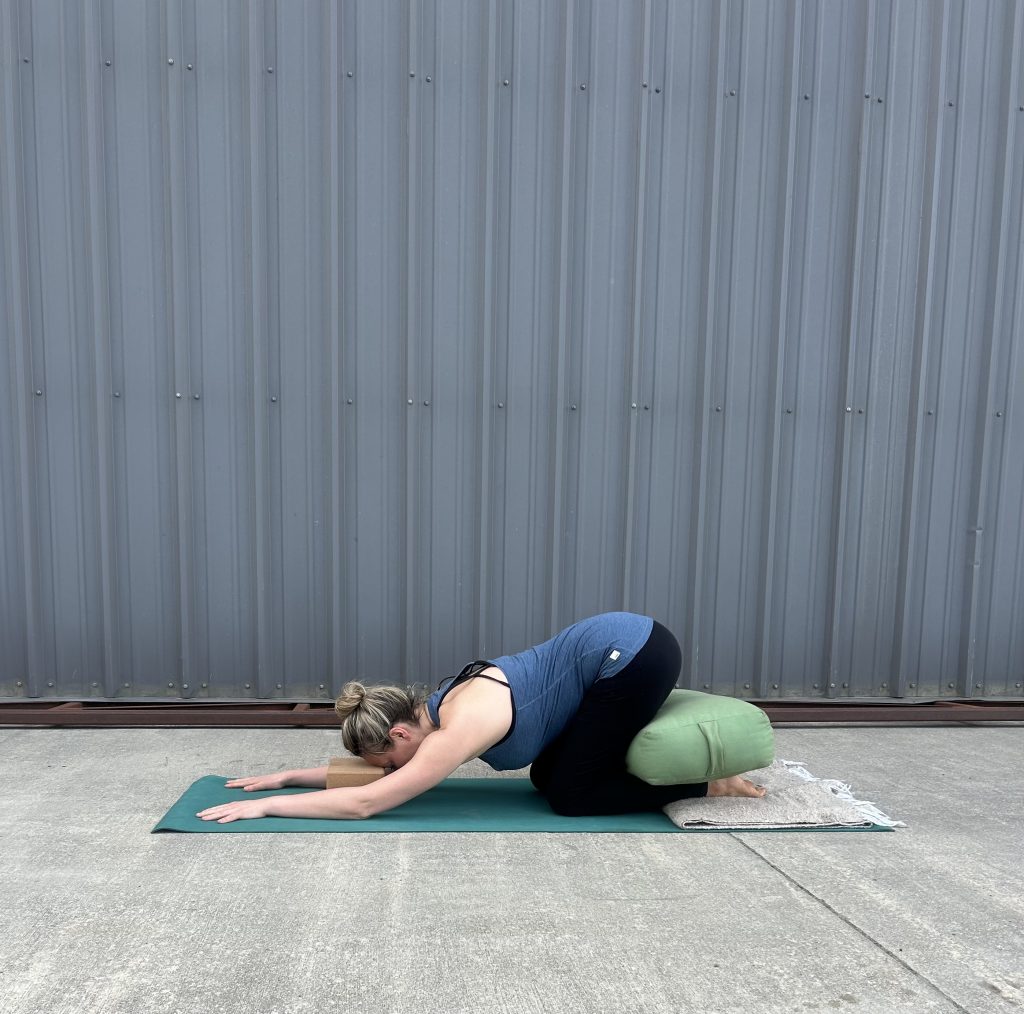

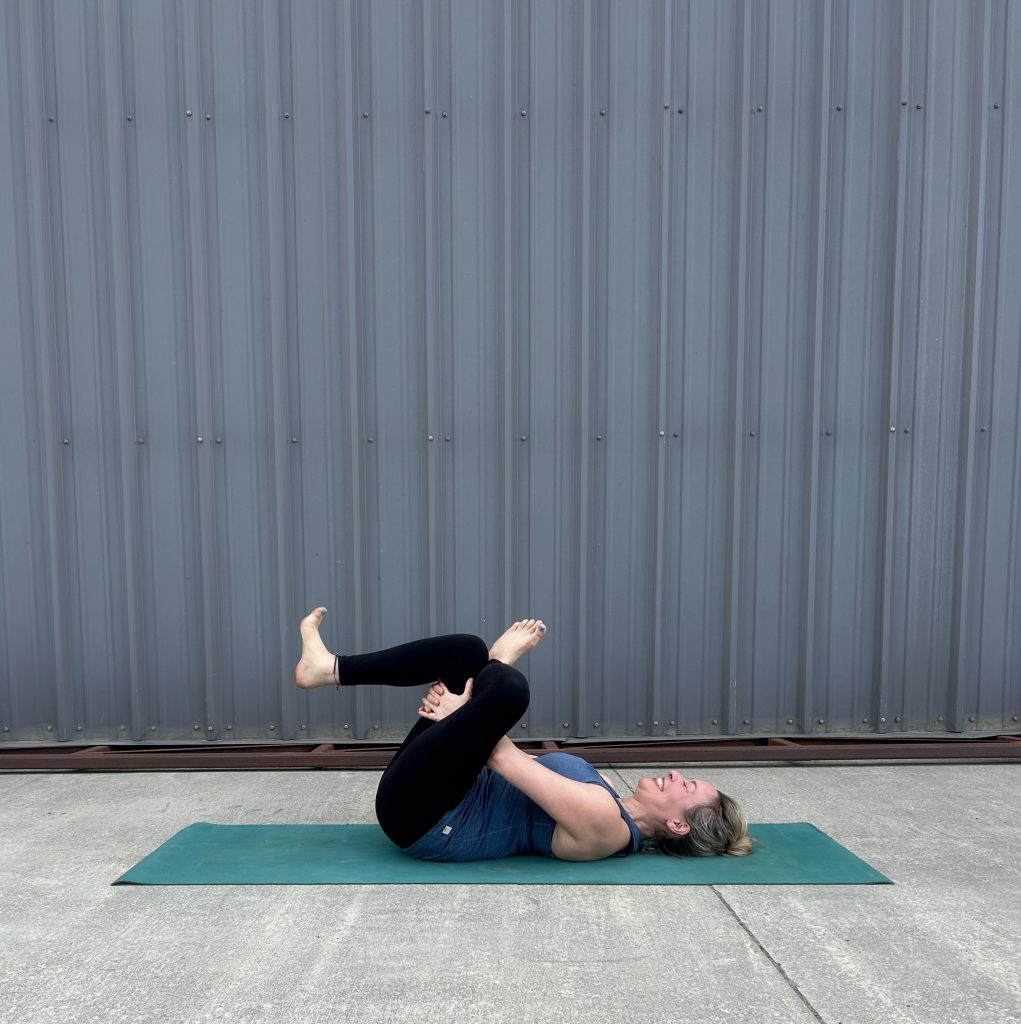
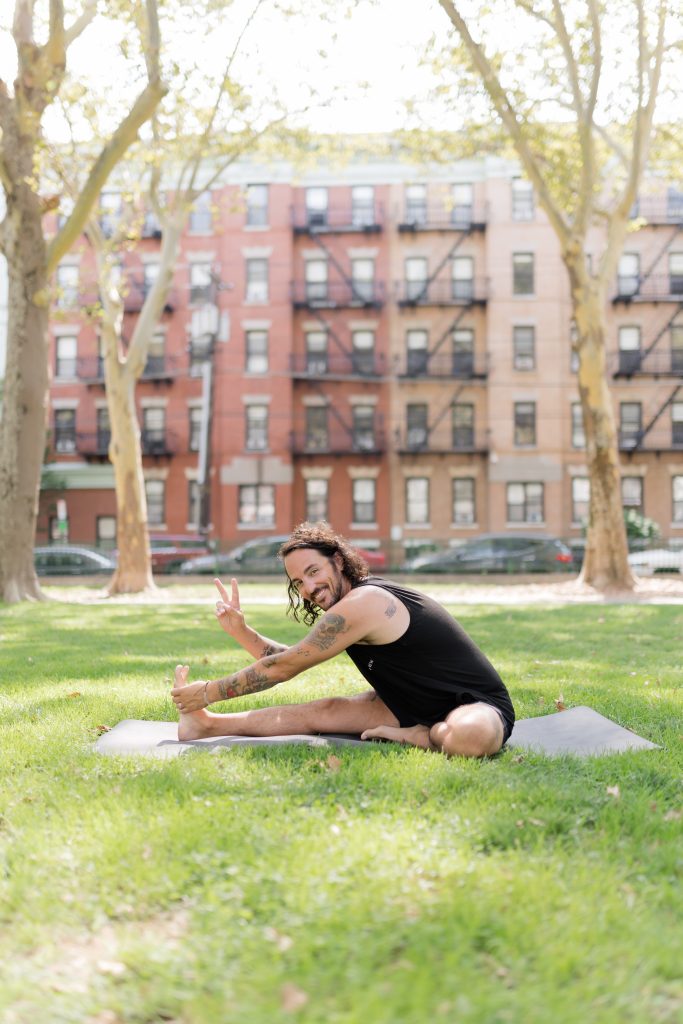
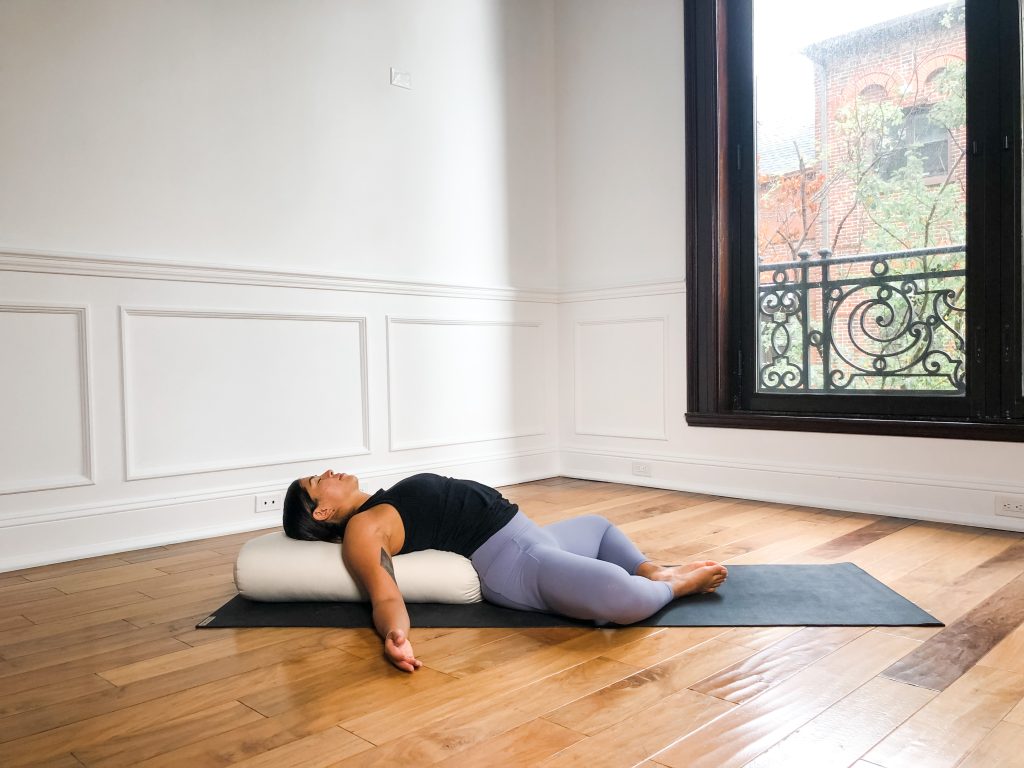

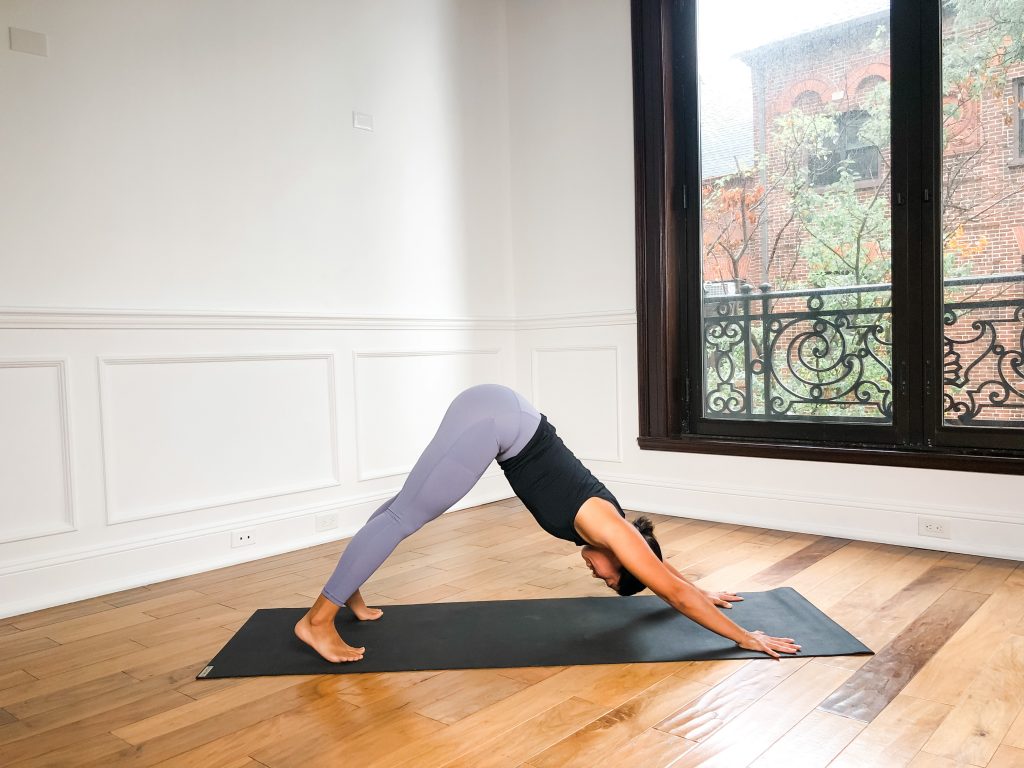
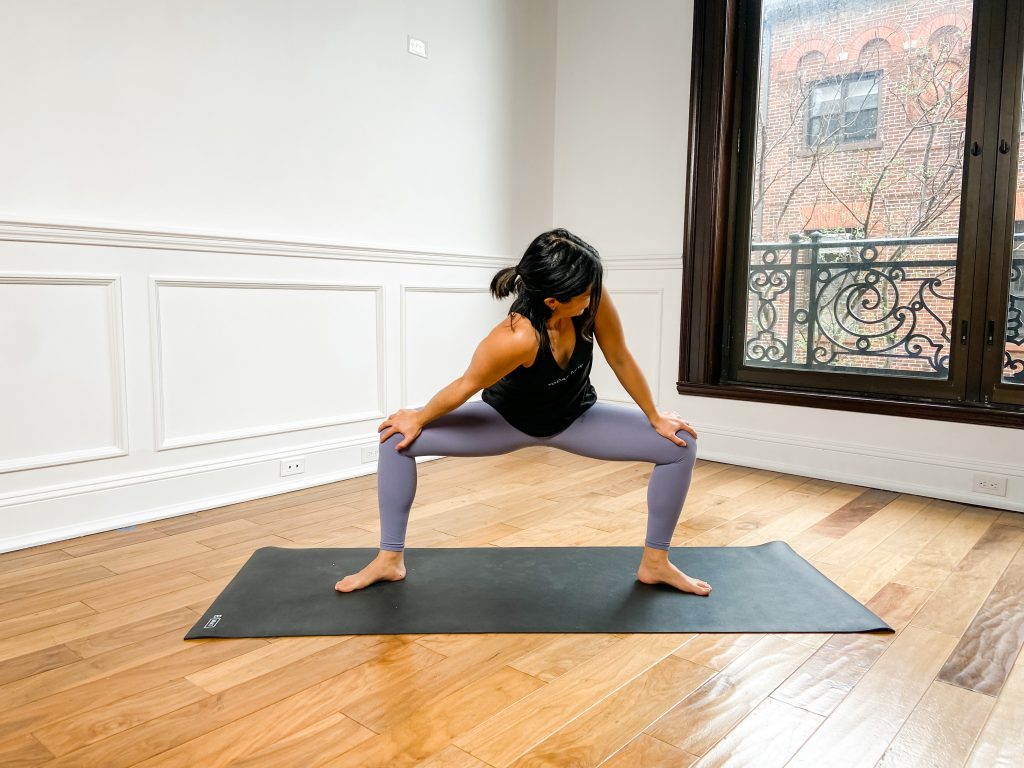
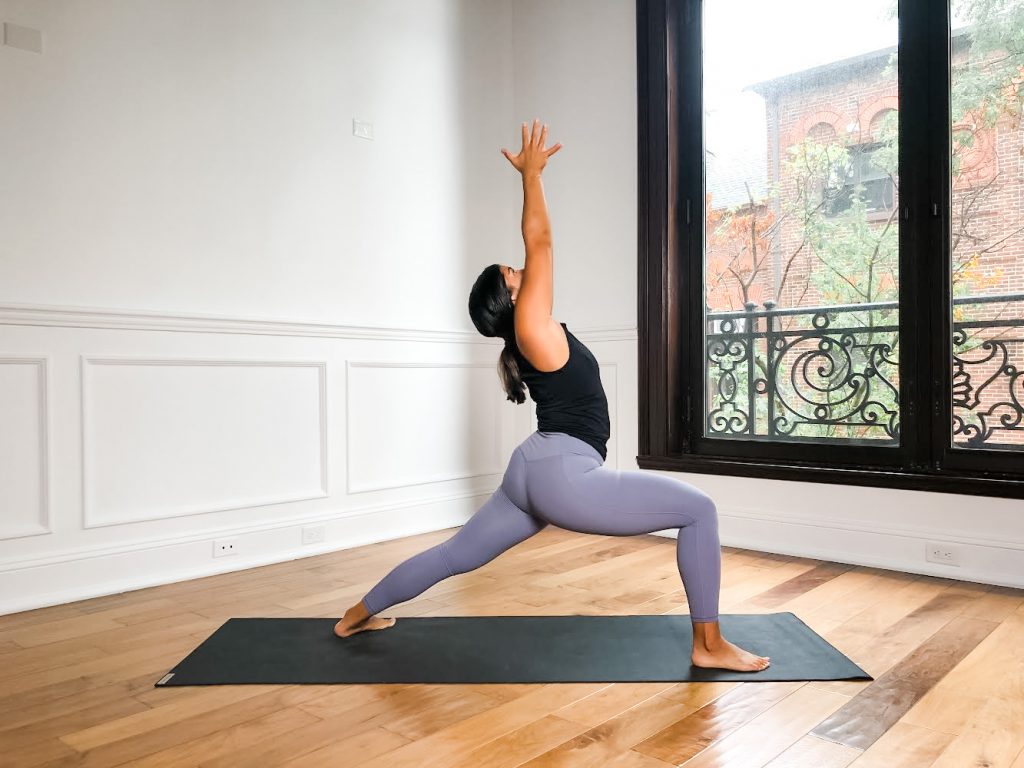
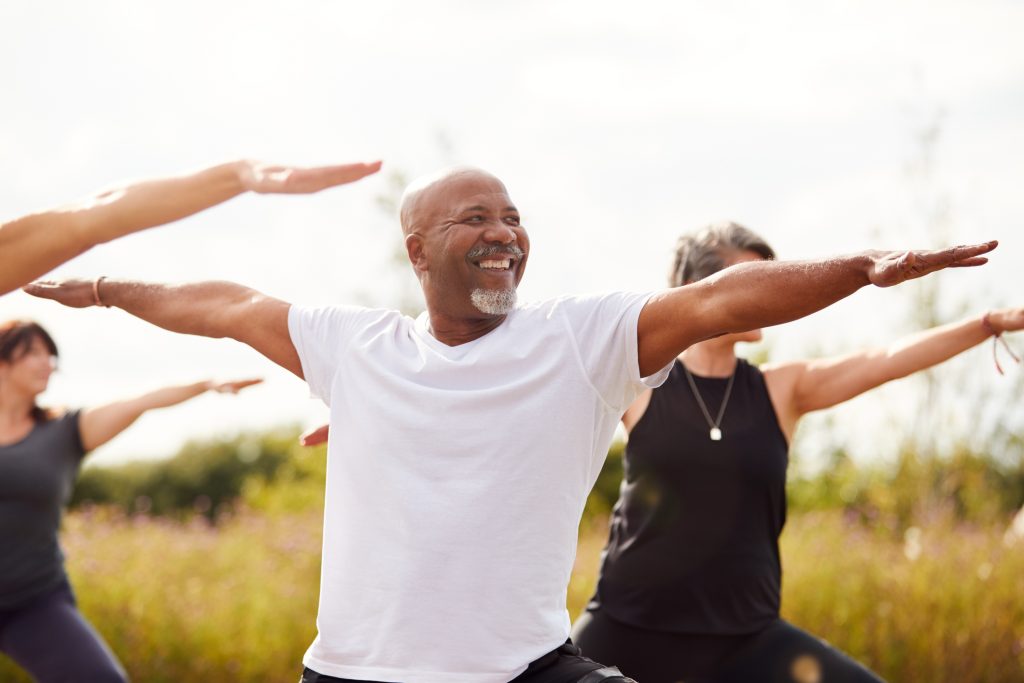
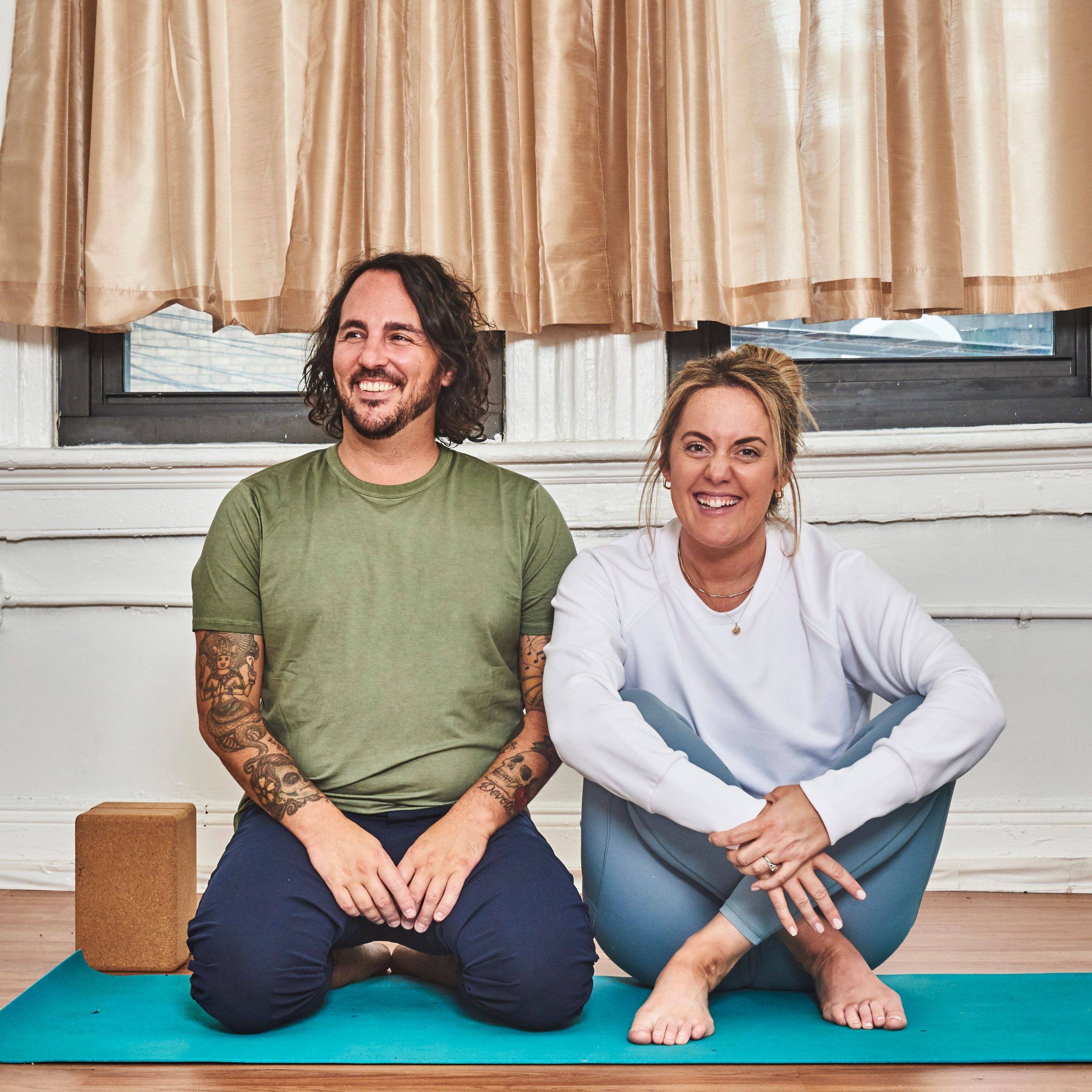


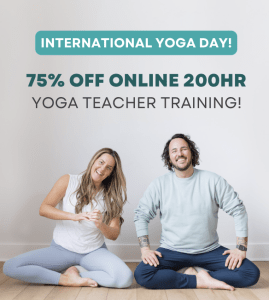

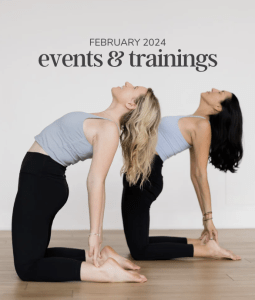

 – Written by
– Written by 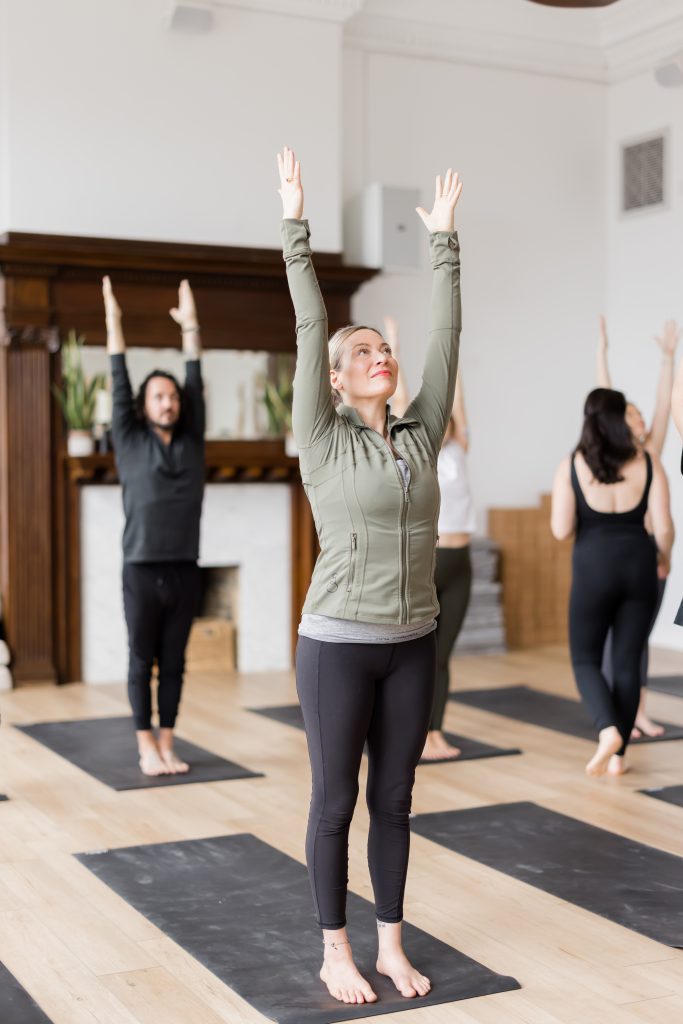


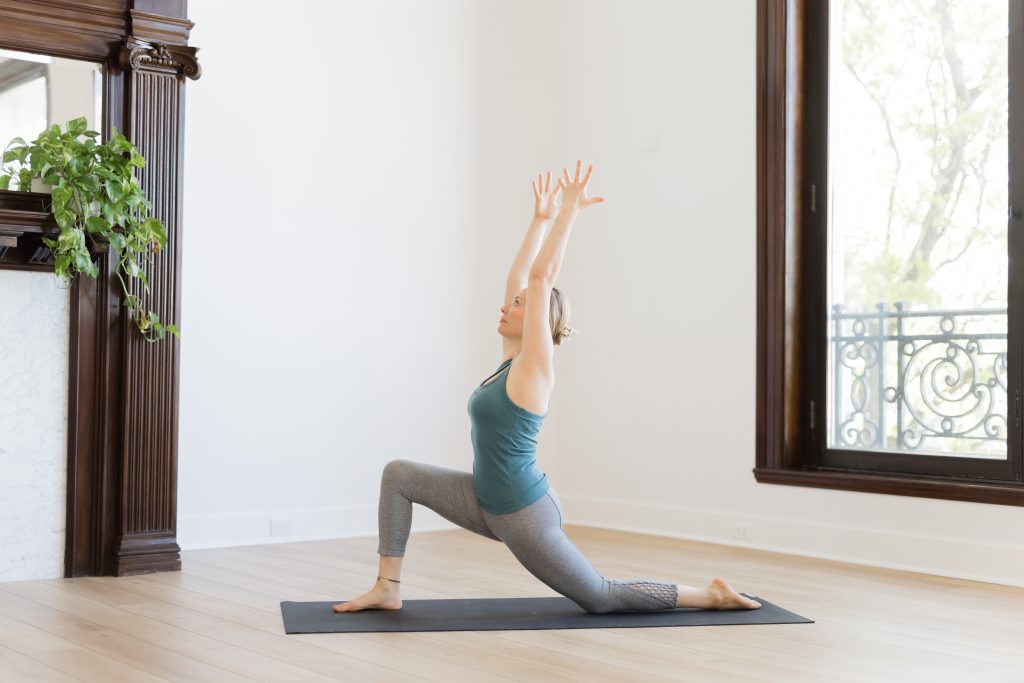
 — Written by
— Written by 
